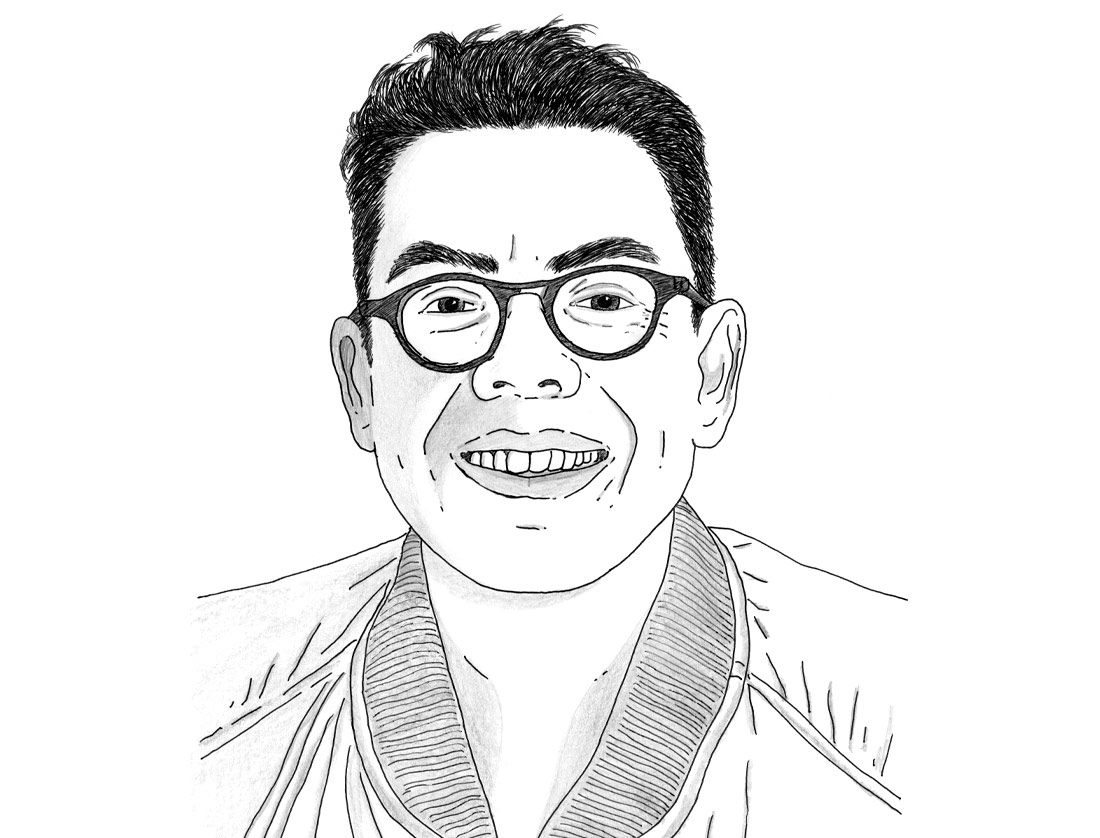
Tonatiuh López | Illustration by de José Antonio Soria | CC-BY
Ecatepec de Morelos, just twenty minutes outside Mexico City, is the country’s largest and also most unsafe municipality; it holds the record for femicides and has been declared an environmental disaster area. “It’s a municipality that some journalists describe as the worst place to be born, but it’s also the place where many of us are born”, points out art historian Tonatiuh López. He is one of the people running the Museo Arte Contemporáneo Ecatepec (MArCE), a museum without walls, a community project that acts through art to be able to generate changes and make an impact on the community.
Who would like to run a contemporary art museum into a place where over 90 percent of the inhabitants state that they live in fear? In Ecatepec de Morelos, it is done by people who were born there, and precisely in order to tackle all this. “It is a case of thinking about what creative strategy we can use to attend to the problem, and attend does not mean to solve it, but to start to talk about it among all of us”, says Tonatiuh López.
This is how, for example, in the project “Toco madera” they went out onto the streets with a tamales cart to garner the concerns of the people of Santa Clara Coatitla — the region of Ecatepec in which the museum carries out its activity. With the popular saying “all griefs with bread are less” as their banner, they offered bread to those neighbours who shared their concerns anonymously in writing. Some days later, they ran an activity in the street in which they invited everyone who was passing to illustrate these problems, and the illustrations were used to make one of the traditional sawdust carpets which fill the streets on the Santa Clara’s patron saint day. As written by Adriana Valdés, promotor of “Las penas con pan son menos”, in the book that contains the memoirs of the first years of the MArCE:
The carpet became a way in which the people could retake the street to talk about their problems, both personal and communal, and in addition to raising their visibility, they also aimed to give them a symbolic solution: as the Saint passed over the drawings, she would erase them and all their problems away with her.
The Museo Arte Contemporáneo Ecatepec (MArCE) was launched in 2015 as an initiative by artist Federico Martínez, who brought together friends, artists, and cultural managers to think about their artistic practice as a social exercise from the periphery. “If the situation in Ecatepec already sounded somewhat complicated, imagine: being an artist or a creative in a place like this becomes doubly complicated. If, in a more or less privileged environment, it seems to be a profession that can take you nowhere, then starting off from that nowhere sounds like a solution that offers little viability”, says López.
ARVE Error: Invalid URL https://www.youtube.com/watch?v=LZGaDHn-wp8 in url
“Ecatepec is the place where many of us learned to party, to live, to defend life, but also to become ashamed of the life that we have here”, comments the member of the group:
When you are young you believe that the normal thing about living here is leaving, and so we live here by not living here. I never went to a school in Ecatepec. That creates a sense of rootlessness, not only with regard to the earth, but between bodies. There is no way of putting down roots, because before the museum existed, you never knew that there was a girl three blocks away from your house studying art. The MArCE serves to bring together people who talk a certain type of language, which was not learned in this place but elsewhere, and today it is notable that this is the only place that they have where they can exist.
What moves the project has a lot to do with the discomfort of living at the crossroads. Because anyone abandoning the periphery also finds it difficult to fit in at the centre. Mariana García, in a text on the group of which she is also a member, writes:
Ultimately, we are migrants. Daytime migrants who cannot afford to pay the price of sleeping there, in the city; migrants who give themselves away with their gestures, with their strange words, words that they learned from their grandparents, words that are a mixture of the Spanish imposed by force and the mother tongue that died with our great-great grandparents… or perhaps even earlier.
The aim, however, remarks López, is not to drag the logics of the centre to the periphery:
The idea held by people who were at the origin of the MArCE was to create a space for the dissemination of contemporary art in Ecatepec and for Ecatepec, but despite their criticism of all things institutional, it was a reproduction of a white cube with a text on the wall in vinyl, with a leaflet… Only the cube was moved elsewhere. This is what we always see, this idea that art cleans, or educates, or reduces that violence. That is a bourgeois fantasy, because in reality you are not cleaning anything, the only thing you are doing is removing the people from there, enabling clean people to come to inhabit a clean space around clean art. When the group was reformulated, we said that this had to be a space that encouraged people to improve their own cultural production, a kind of community museum, and that it had to happen in the streets, because that is where we, the people, live. There is no public space and the only place to be with your friends is in the street; not “in the street” meaning in the park, but literally, in the street.
Regarding debates on the democratisation of art, López, who for years has worked on education issues in museums, affirms that an art for everyone is not possible:
It is possible for everyone to generate their own art, perhaps, but there is not an art for everyone, because that is a capitalist, industrial, globalising idea. Museums of contemporary art are like H&M’s that go out into all the cities, with the same exhibition, passing from one to another, so that we all consume the same type of elitist culture and take a selfie of ourselves with the Yayoi Kusama or the Jeff Koons of the moment. An art that silences voices that it would be worth listening to. For me, it is much more meaningful to know about a newspaper promoted by women in a rural environment in India, Khabar Lahariya, than about the story of Jeff Koons. My own possibilities will never include doing what Jeff Koons does, but in contrast, the story of Khabar Lahariya is meaningful to me.
ARVE Error: Invalid URL https://www.youtube.com/watch?v=HEtQQFong9Y in url
That Indian newspaper inspired a project that is currently being developed by the MArCE: creating a community newspaper to tackle the problem of violence towards women and other types of feminised bodies.
Another of the lines that are being developed is related with the rescue of an increasingly threatened natural space, the Cerro Gordo hill, and its history. “The Work Army, an anarchist community organisation, decided to organise the place and occupied the hill, thinking of it as a protected natural park in which there would only be a secondary school, a church and a healthcare centre”, explains the art historian. From 1984, however, following the earthquake in Mexico City, many people found themselves forced to move out to the peripheries, and the hill, which had been the centre of the culinary and sporting life of Santa Clara Coatitla, has gradually lost natural space since then.
There are many stories of resistance that the museum brings together and that it ends up only putting them out as a comment with an artistic gesture. In the case of the hill, it was an action that we ran with state-run schools of holding seed bomb workshops, generating banners, and organising a procession up to the summit. These are small actions that I like not to think of as pieces, because what happens when an artist thinks about a work as a piece, is that it ends there: the important thing is to have a good record of that activity, for the kids to follow the instructions, for the painting ultimately to look good and to end up with some things that can be sold in a gallery. What is important here is not that, but that the activity can be diluted down to some degree or percentage with the life of the place and can generate future impacts. We will probably lose the hill, but at least that memory will not disappear, it will survive.
The question of museums, says López, is who has the power: “If the curator has it, the importance lies in putting on the exhibition; if the artists have it, the importance lies in generating a piece; if the patrons have it, it lies in who donates what or the name that each room bears; if the importance lies in the premises, the power lies with the architect; and on very few occasions, the importance lies with the audience”. In the case of the MArCE, they are seeking for this to be the main thing, “because our audience are our friends, our family, and our neighbours, we are us ourselves and the place where we grow up”.
But how can the audience be central when nobody asked for a contemporary art museum in Ecatepec?
The people were not asking for it, so the question then is how to convert that place, precisely because the people are not asking for it, into something that is useful to them. You do not have to create an audience, you put yourself where the audience is. Put the cinema in the dark street, and then that street that previously was scary is transformed into an open-air cinema where any girl can go home fearlessly after school. You do not construct the audience, you put yourself there and they sit down. Or you walk towards the hill and they ask you what you are going to do, or you set out an orchard or a dining room and they come to ask you: “What is going on here?”. The public are curious, you only have to create a situation that attracts their attention in a non-violent way. White cubes, or those white elephants, attract attention but in a very violent way. They eventually break with the aesthetics of the place so that another aesthetic can be implemented. Here we attract attention from people who are familiar. The audience is not created, it is attended to. The mistake that museums make is wanting to create an audience and no, life is already created, so just deal with it.

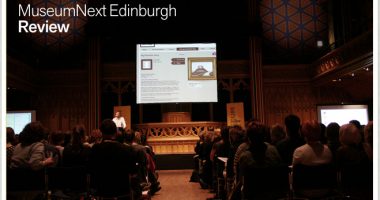
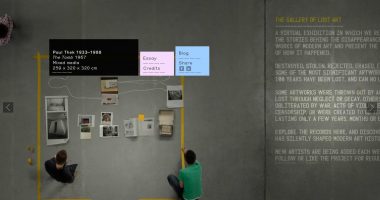
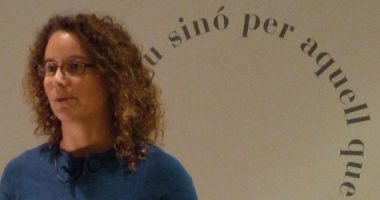
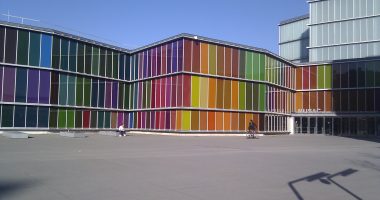
Leave a comment